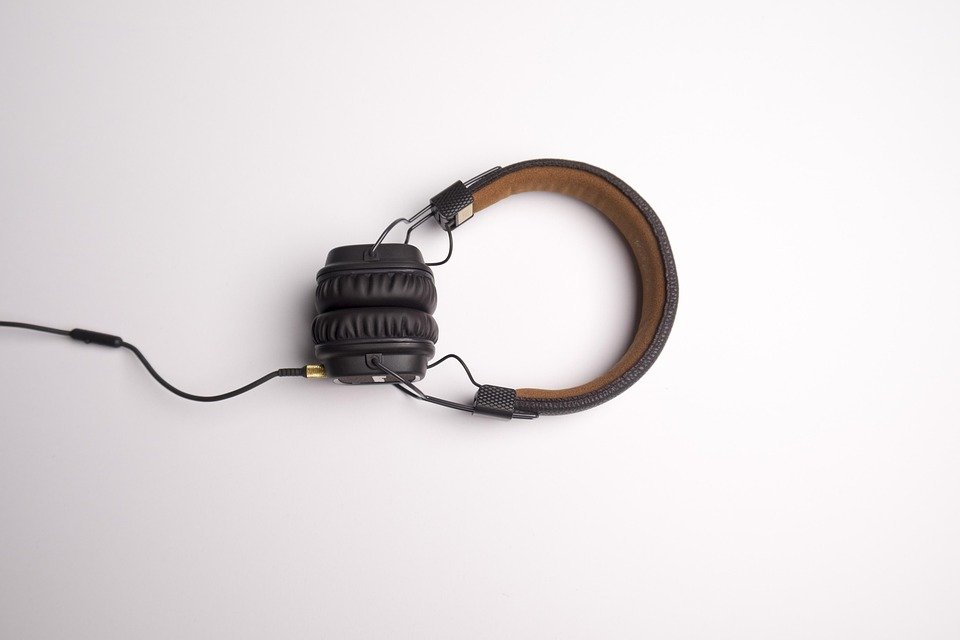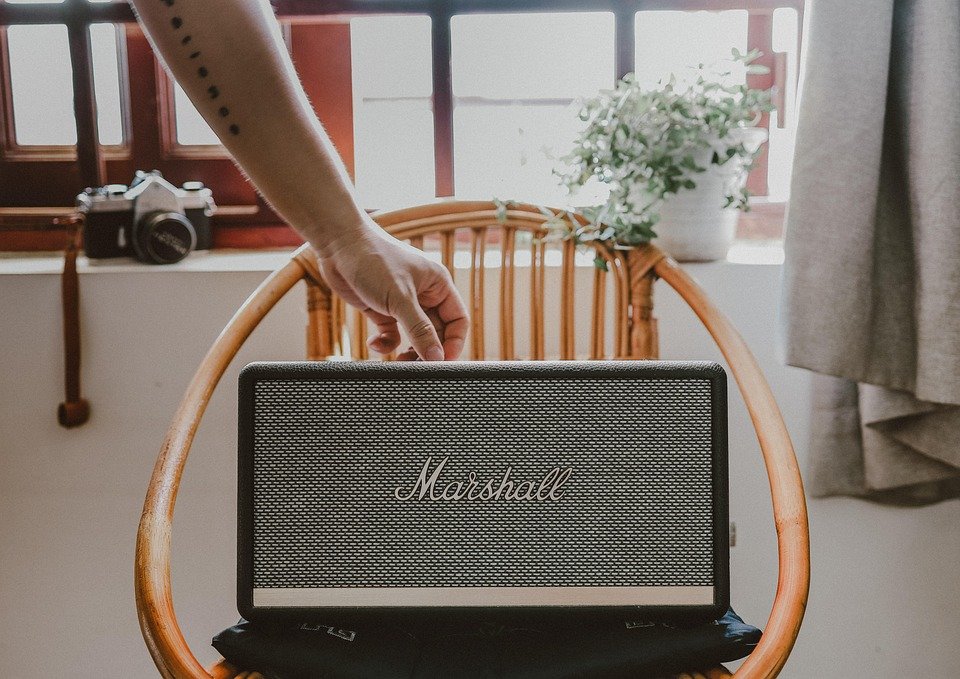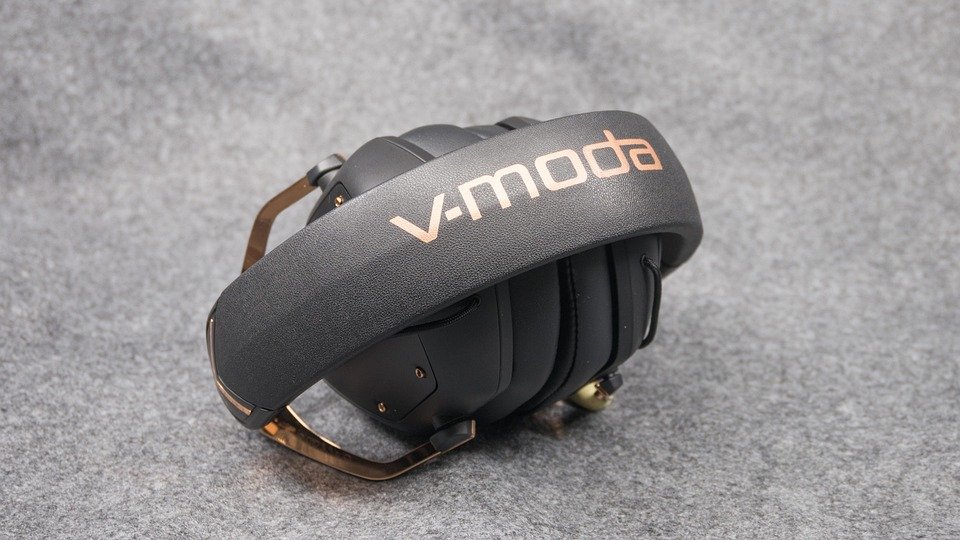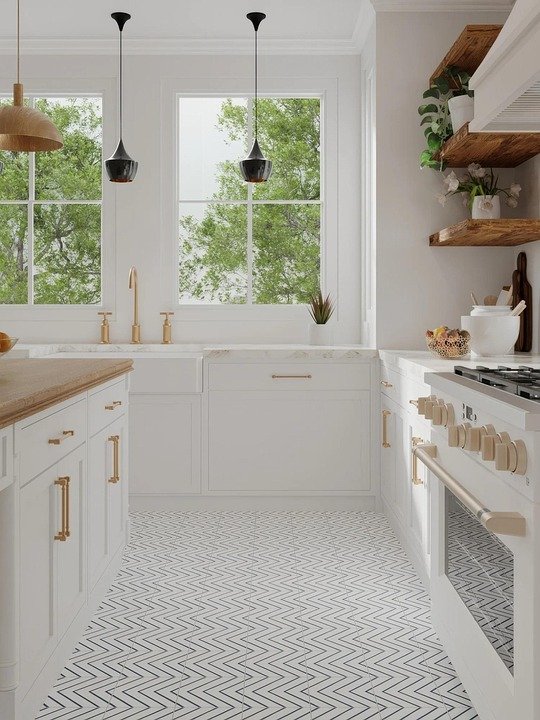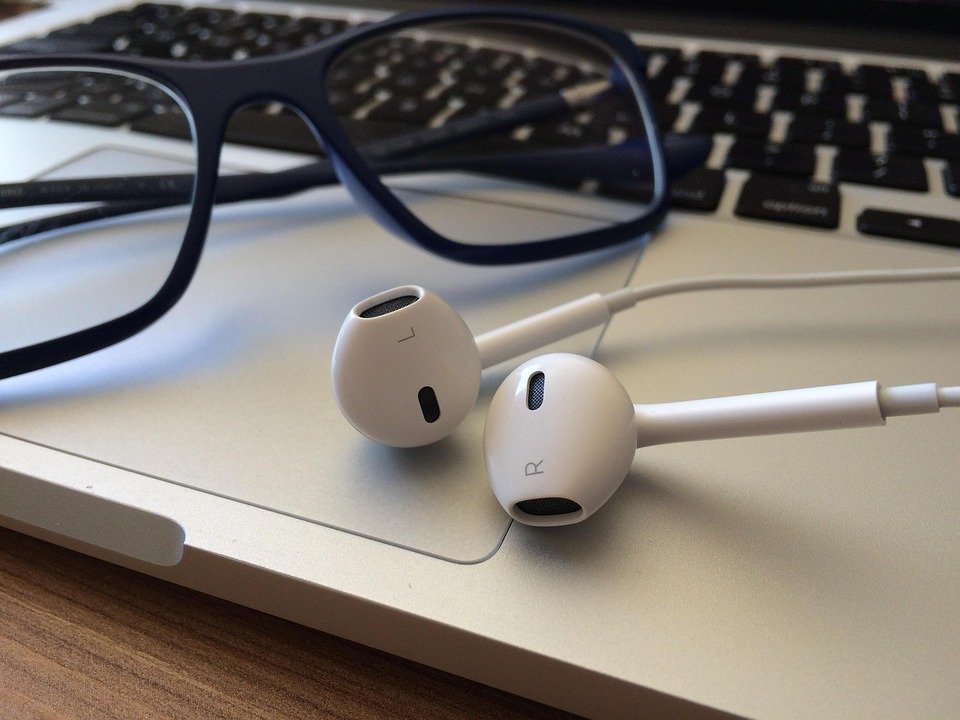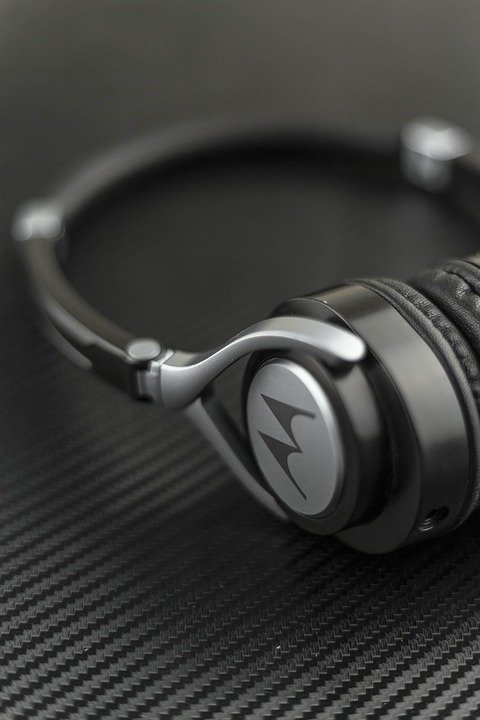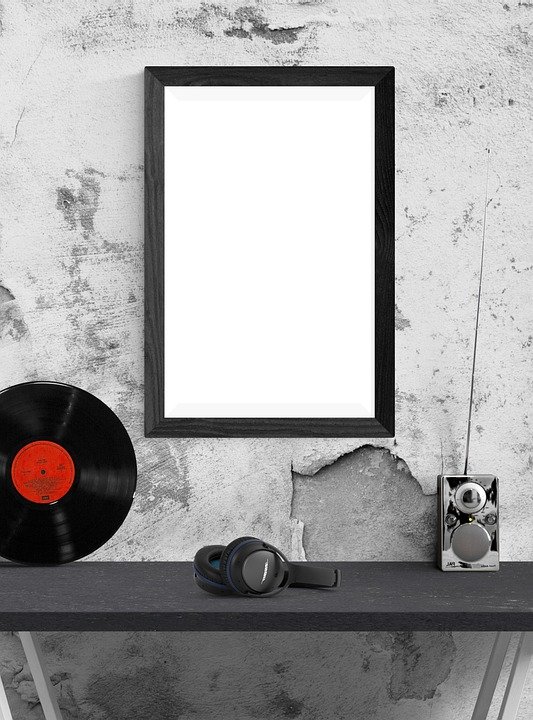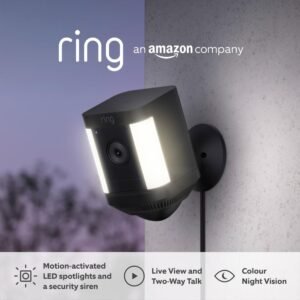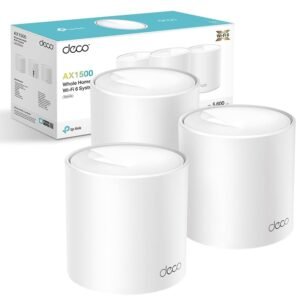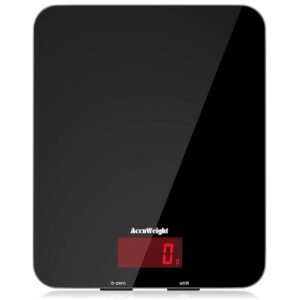Protect Your Family’s Health: Top-Rated Air Quality Monitors for 2025 Homes

Protect Your Family’s Health: Breathe Easy with the Top-Rated Air Quality Monitors for 2025 Homes
In our modern lives, we spend up to 90% of our time indoors. Yet, the air inside our homes can often be significantly more polluted than the air outside, harboring invisible contaminants like dust, pollen, pet dander, volatile organic compounds (VOCs) from cleaning products and furniture, cooking fumes, mold spores, and even carbon dioxide (CO2) from simply breathing. For families, especially those with young children, the elderly, or members with allergies, asthma, or other respiratory conditions, poor indoor air quality (IAQ) isn’t just uncomfortable – it’s a genuine health risk linked to headaches, fatigue, worsened allergies, respiratory issues, and long-term concerns.
The first step to safeguarding your family’s health is awareness. You can’t improve what you don’t measure. That’s where a dedicated air quality monitor becomes an essential guardian for your home in 2025. Forget guesswork; these sophisticated devices provide real-time insights into the invisible atmosphere surrounding your loved ones. But with so many options, choosing the right one is key. Accuracy, reliability, and monitoring the right parameters are non-negotiable.
What Makes a Top Air Quality Monitor for Families in 2025?
-
Comprehensive Sensor Suite: Look for monitors that track the biggest threats:
- PM2.5 / PM10: Microscopic particulate matter from dust, smoke, pollen, and vehicles. PM2.5 penetrates deep into lungs and bloodstream. Essential.
- VOCs: Harmful chemicals off-gassing from paints, furniture, cleaners, air fresheners, and building materials. Can cause irritation and long-term health effects. Critical for modern homes.
- CO2: High levels indicate poor ventilation, leading to drowsiness, poor concentration ("brain fog"), and can be a proxy for potential pathogen buildup. Particularly important in bedrooms, offices, and schools.
- Temperature & Humidity: Impacts comfort and mold growth potential. Excess humidity is a major trigger for dust mites and mold.
- Bonus Sensors: Some high-end models may include Formaldehyde (a specific concerning VOC), Radon (long-term risk, best measured differently), or Nitrogen Dioxide (NO2 – from cooking/heating). Prioritize the core four first.
-
Accuracy and Reliability: Clever marketing can’t compensate for bad data. Look for monitors featuring reputable sensor manufacturers (e.g., Sensirion for particulates/VOCs) and lab testing certifications. Reviews mentioning stability and consistency are crucial.
-
Clear, Actionable Display & Alerts: Data is useless if you can’t understand it. Look for color-coded displays (Good/Moderate/Poor), simple numerical readouts, and most importantly, loud, customizable alerts when levels become unhealthy. A smartphone app is near-universal now, offering detailed history and remote monitoring.
-
Smart Home Integration (2025 Standout): Top monitors in 2025 seamlessly work with platforms like Google Home, Apple HomeKit, Amazon Alexa, and SmartThings. This allows for automation: automatically turning on an air purifier when PM2.5 spikes or a smart vent/humidifier when CO2 gets too high.
- Battery Life & Placement: Consider if you need portability (battery-powered) to move between rooms or a plug-in model for a central location. Small, discreet designs fit better in living spaces.
Top-Rated Air Quality Monitors for 2025 Family Homes (Based on Trends, Reviews & Anticipated Performance):
-
Airthings View Plus / View Plus (2025 Model Anticipated):
- Why it Tops the List: Measures PM2.5, VOCs, Radon (long-term), CO2, Temperature, Humidity, Air Pressure. Legendary sensor accuracy (especially Radon). Best-in-class app with unparalleled historical data, trends, personalized insights, and health guidance. Integrates with major smart home platforms. Anticipated 2025 models may refine accuracy, add sensors (like formaldehyde), or enhance AI insights.
- Best For: Families prioritizing comprehensive health insights, radon awareness (critical!), deep data analysis, smart home automation, and long-term reliability.
- Consideration: Premium price point. Radon measurement requires long-term averaging (weeks).
-
Temtop M10 / Future M-Series Models:
- Why It Stands Out: Offers an exceptional balance of affordability and robust performance. Monitors PM2.5, PM10, VOCs, HCHO (Formaldehyde – a key VOC), Temperature & Humidity in one compact unit. Sharp color screen with instant readings and air quality index. App support for tracking. Known for accurate sensors relative to cost.
- Best For: Budget-conscious families needing core pollutant monitoring (especially particulates and formaldehyde) without sacrificing solid accuracy. Great first monitor or for checking multiple zones.
- Consideration: Typically lacks CO2 monitoring at this tier. Smart home integration may be limited compared to premiums.
-
Awair Element / Awair Omni (or Successor):
- Why It’s Loved: Focuses on core home health parameters: PM2.5, VOCs, CO2, Temperature & Humidity. Superb minimalist design with intuitive light-based scoring. Robust app provides clear visuals, health tips, and tracks how daily activities (cooking, cleaning) impact air. Omni adds Formaldehyde and noise levels. Strong app experience.
- Best For: Families valuing user-friendliness, elegant design, clear "health score" feedback, and actionable insights focused on VOCs and CO2.
- Consideration: Historically lacked PM10 measurement. Check latest specs for sensor improvements. May skew higher in price than Temtop but lower than Airthings.
-
AirThings Wave Plus / Wave Mini Combos:
- Why It’s Strategic: Airthings’ versatility. Use the Wave Plus (Radon, VOCs, CO2, Temp, Humidity) for foundational health threats in living areas/basements, and pair with cheaper Wave Minis (VOCs, Temp, Humidity, Mold Risk) in bedrooms, nurseries, and bathrooms. All managed via the top-tier Airthings app for a whole-home view. Battery-powered & portable.
- Best For: Families wanting whole-home coverage (multi-room monitoring), prioritizing radon and core pollutants, needing flexibility, and invested in the Airthings ecosystem.
- Consideration: Requires buying multiple units for full coverage. Minis lack PM2.5/CO2.
- uHoo Atom / uHoo Virus Index Model:
- Why It Matters: Takes analysis further. Monitors PM1/PM2.5/PM10, VOCs, CO2, Temp, Humidity, Air Pressure, plus NO2 and Ozone in some models. Unique selling point is its Virus Index, analyzing conditions favorable to virus survival (based on Temp, Humidity, and particulate levels). Data-rich app.
- Best For: Families extremely focused on mitigating airborne illness risks (especially post-pandemic) and willing to invest in hyper-detailed environmental monitoring.
- Consideration: Premium pricing. Virus Index is an estimate, not a direct detection. Smart home integration might be less universal than Airthings/Awair.
Strategically Placing Your Guardian Angels:
- Main Living Areas (Living Room/Kitchen): Central hub, monitors cooking fumes, dust from foot traffic, general VOCs. Place away from direct airflow (vents, windows) and cooking surfaces.
- Bedrooms: Critical for sleep quality. Monitors CO2 buildup, allergens (dust mites, pet dander), mold risk (via humidity). Place near the bed but not directly beside your face.
- Home Office or Study: Monitors CO2 (combating fatigue) and VOCs from electronics/printers. Helps maintain focus.
- Basement (If Finished/Frequently Used): Prime location for radon (Airthings), mold detection (high humidity), and dust. Avoid placing directly on concrete floors for radon.
Taking Control of Your Air:
Buying a monitor is step one. Use the data to act:
- Ventilate: Open windows regularly, especially during and after cooking or cleaning. Use exhaust fans.
- Control Sources: Choose low-VOC cleaners/products, avoid synthetic fragrances, maintain HVAC systems, bathe pets.
- Purify: Use HEPA air purifiers in key rooms where pollutant levels spike (verified by your monitor!).
- Manage Humidity: Use dehumidifiers to keep levels between 30-50% to inhibit mold and dust mites. Humidify if too dry (winter).
- Follow Monitor Alerts: Let the device tell you when immediate action needs to be taken.
Breathe Easier in 2025 and Beyond
Investing in a top-rated air quality monitor isn’t just about tech; it’s a profound investment in your family’s health and well-being. By choosing a reliable, insightful device like those from Airthings, Temtop, Awair, or uHoo, tailored to your specific home and concerns, you gain the power to see the invisible threats and proactively create the cleaner, healthier indoor environment your family deserves. Don’t wait for symptoms to arise. Take control of the air you breathe every day and ensure your home truly is the sanctuary it should be.



